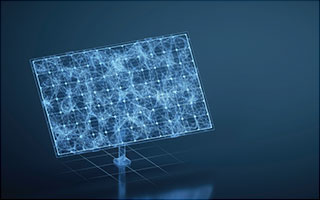Topics in control and power electronics play a pivotal role in the transition of power systems from centralized generation to distributed generation, the electrification of transportation, and the improvement of the lives of billions in developing countries. Numerous active sources, such as wind farms, solar farms, distributed energy resources, electric vehicles, energy storage systems, and flexible loads, are being integrated into power systems through power electronic converters [1] . These demand for skilled power electronics and control engineers with a robust foundation in theoretical knowledge, complemented with extensive practical experiences, to effectively navigate emerging and rapidly evolving technologies in the realm of renewable energy. Therefore, enhancing learning effectiveness in these fields is critical for students to bridge the gap between theoretical knowledge and industrial settings. The concept of learning-by-doing emerged in recent decades is a compelling approach that can significantly improve engineering education, particularly, in the context of power electronics and control. It is a dynamic method in which students investigate real-world problems and challenges, fostering not only a deeper understanding of the subject matter but also increasing their engagement levels and critical thinking [2] . Additional advantages include fostering active, self-motivated student engagement in the learning process and empowering them to address doubts independently. This approach may lead to a more effective learning experience than relying solely on a teacher, as students gain heightened awareness of specific challenges through firsthand experiences in solving real-world problems and make new contributions in the field [3] .


